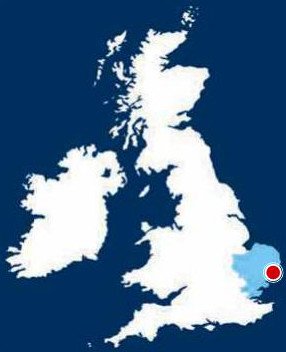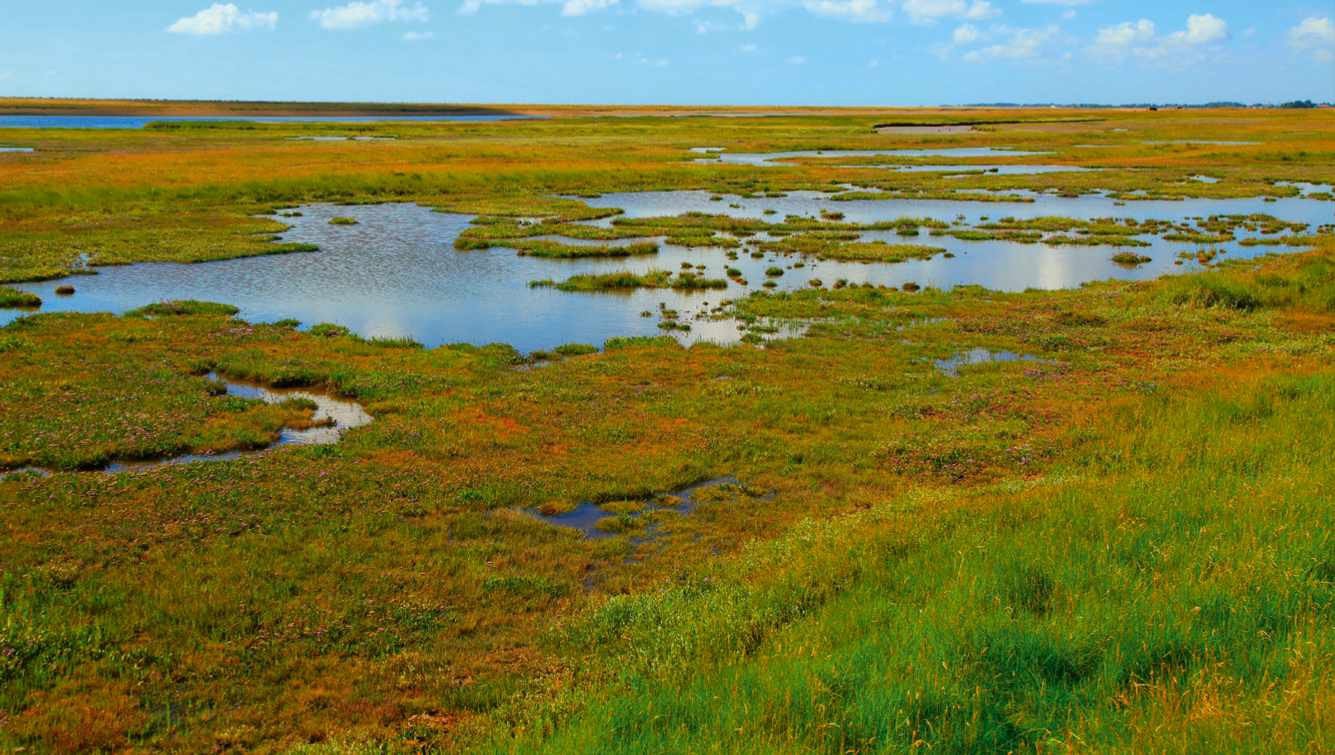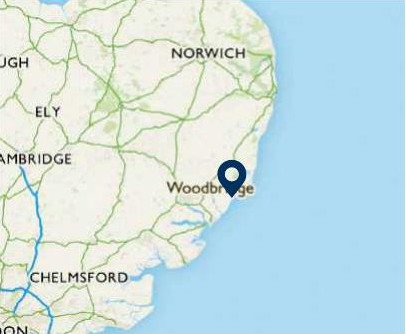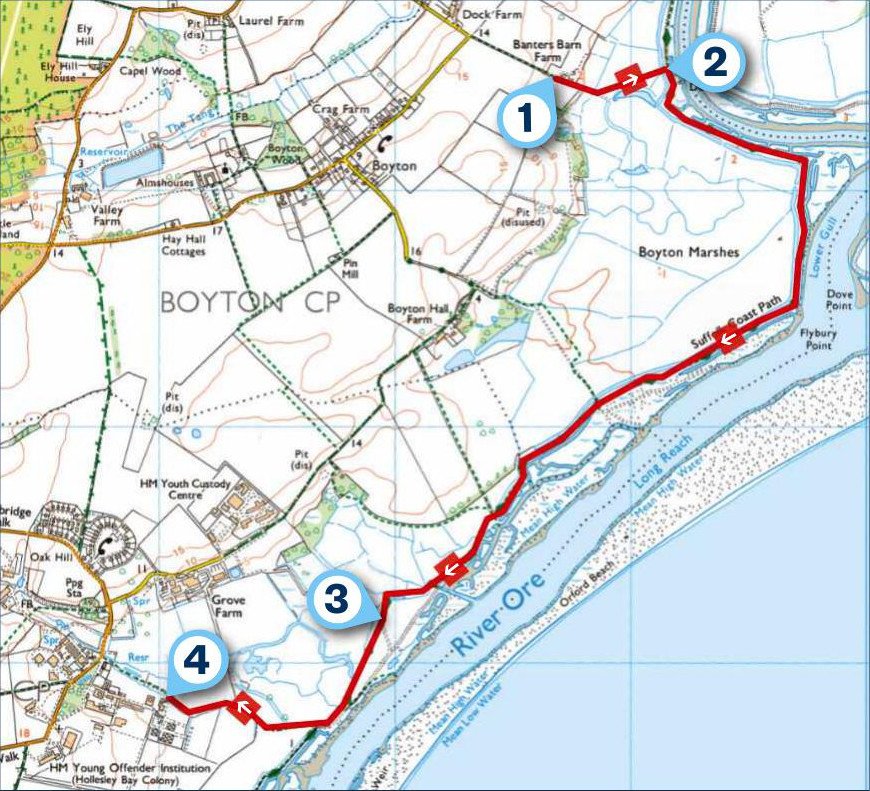
SOUTH EAST
05. SUFFOLK, BOYTON MARSHES
Distance: 6.8 miles/11km | Time: 4 hours | Grade: Easy | Total ascent: 12.5m
For more walks and days out visit countryfile.com


I have always described myself as an ambler not a rambler, so my pace of walking is likely to be slower than the average person, and it’s always punctuated by frequent stops.
This route from Boyton Marshes to Hollesley Marshes on the Suffolk coast allows for both of these things, with the added bonus of wonderful wildlife and expansive marshland views.
1. START
Start the walk at Boyton Marshes RSPB reserve, where there is parking for around 10 cars at Banters Farm at the end of the lane, accessed from Dock Farm Road. I often linger by the farm buildings to pet the friendly bull while scanning the bushes for small birds such as finches and, recently, a couple of firecrests.
As you continue down the track you enter the reserve proper. There is no visitor centre to welcome you. Instead, there will be a freshwater flash on your left usually replete with waterfowl and, in the reedbeds, bearded tits and singing reed warblers. The grazing marshes on the right are the winter home for numerous geese and lapwings, too.
Follow the track on to the Butley River path with great views across the water towards Gedgrave Marshes, Orford village and the derelict Second World War buildings on the shingle spit, Orford Ness. Here, be on the look out for marsh harriers and hovering kestrels.
2. 0.3 MILES
Leave the reedbed behind to pass Boyton Dock. Firstly, head east and then south along the path that is now alongside and level with the River Ore. You may see seals hauled up on the mudbanks here at low tide.
As you continue walking, on the right-hand side you will see a grazing marsh. The track continues towards Hollesley, passing the southern end of Havergate Island and the southern spit of Orford Ness. You will be beside a channel along which you can scan for a variety of shorebirds, including spoonbills, terns and the famous avocets. In the vegetation beside the track, keep a beady eye out for meadow pipits and skylarks, too.

3. 2.6 MILES
As you near Hollesley, the RSPB reserve at Hollesley Marshes comes into view on the right. You will be greeted by another grazing marsh and a rather exciting flooded freshwater lagoon, dotted with islands. I love this part of the journey because the lagoon can sometimes be thronging with birds, ranging from gulls, ducks and geese to raptors, such as marsh harriers and peregrines.
As you continue south and approach the river mouth, you will see the buildings of Shingle Street and the cranes at Felixstowe Docks. There’s also a large cormorant colony here. When you eventually reach the derelict Second World War pillboxes, turn right inland towards Hollesley village, passing more flooded fields that, during the summer, could host yellow wagtails. The path will lead you to a viewing screen for wonderful views over the reserve’s wildlife-rich lagoons and scrapes.
4. 3.4 MILES
After filling your boots with nature just a little further up the track, you can fill your boots with well-deserved tea and cakes at the Marsh Barn Café (open seven days a week) beside Hollesley Marshes RSPB car park, before retracing your steps to Boyton Marshes.
USEFUL INFO
Starting point
You can start at Boyton Marsh, but the route can be done in reverse.
Terrain
All paths and tracks are passable, well marked but can be muddy after rainfall. The terrain is flat with some stiles at boundary edges. Not wheelchair friendly.
Map
OS Explorer 197
In association with
